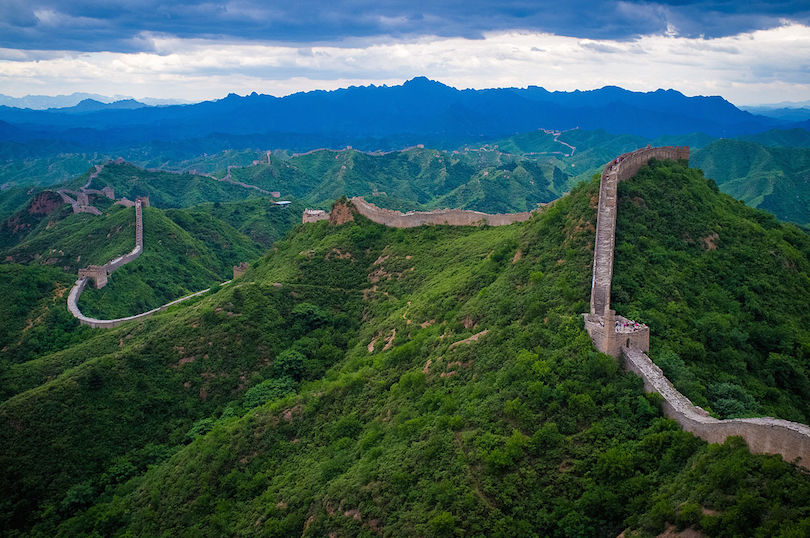This post may contain affiliate links. We may earn money or products from the highlighted keywords or companies or banners mentioned in this post.

A statement released after the China State Council executive meeting revealed that the country plans to generate employment, boost income and improve people’s livelihoods by using tourism. The Council, therefore, called for expeditious implementation of tourism development projects, which includes construction of regional airports, parking lots, toilet facilities and roads to scenic spots, especially in the less developed western and central China.
In order to alleviate poverty in rural areas, the government would support rural area-based tourism products and encourage establishment of small tourism businesses. The meeting also called for the development of tourism products keeping in mind the needs of the elderly travelers as well as students. It was also decided that public-private-partnerships (PPP) would be promoted for the purpose of developing tourism projects and opening up new avenues for financing tourism enterprises.
The decisions taken at the China State Council meeting is in line with the country’s plan to double its spending on domestic tourism to CNY5.5 trillion or US$898 billion (5 percent of China’s GDP) by 2020. The expectation is that Chinese citizens would avail, on average, 4.5 holidays a year.
The tourism market in China has maintained a good momentum in terms of both tourist consumption and investment. However, the expectation of the industry is higher because the State Council has announced a number of measures to boost the tourism sector.
Investment in the tourism sector has touched CNY302 billion during the first half in 2015, an increase of 28 percent over the same period in the previous year, according to National Tourism Administration in China. In the first six months of this year, the number of domestic tourists remained at approximately 2 billion with an increase of 9.9 percent over the same period in 2014. Meanwhile, the increase in tourism consumption was 14.5 percent on year-over-year basis. It stood at CNY1.65 trillion or US$266 billion.
While the number of domestic tourists in 2014 was 3.6 billion, Zhang Youyin, a researcher at the Regional Tourism Planning and Development Institute, expects the domestic tourist numbers to touch 3.95 billion in 2015. According to Zhang, the family as well as graduation trips and self-driving excursions are expected to be the most promising prospects. Zhang added that travelers are more rational as they choose to spend on travel rather than on expensive luxury goods. Additionally, metropolises like Shanghai and Beijing are seeing more of the younger generation from the middle-class that has opted out of group tours.
According to Ctrip, the largest online travel agency in China, the driving demographic of the industry is independent travelers who are below 35 years of age. They are propelling the online reservations segment by making use of the latest technology for planning and booking trips.
The boom in domestic travel is fueled by increasing incomes and rapidly falling travel costs. Most weekend outings do not cost more than CNY1000. In addition, the launch of a number of measures by National Tourism Administration would further boost the domestic travel industry. The developmental measures launched include improvement of public toilet facilities, redressing tour-guide misconduct and blacklisting of uncivil tourist behavior, among others.










